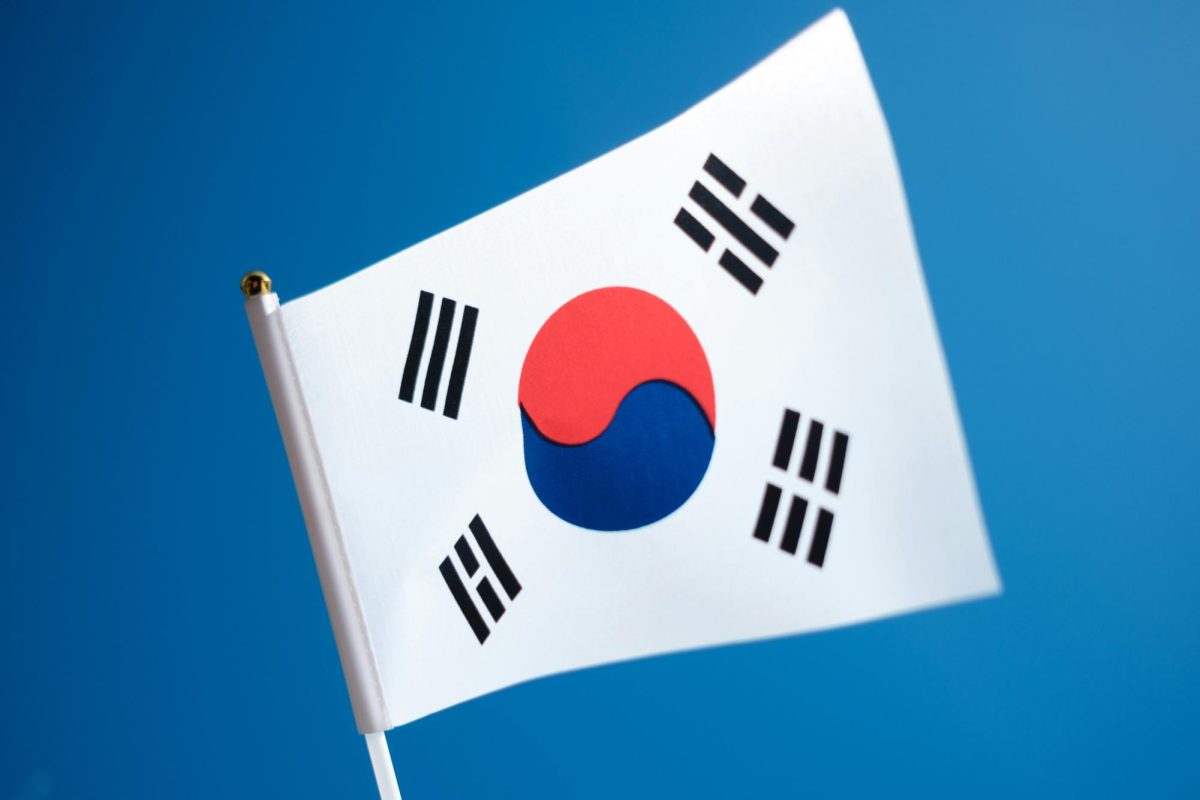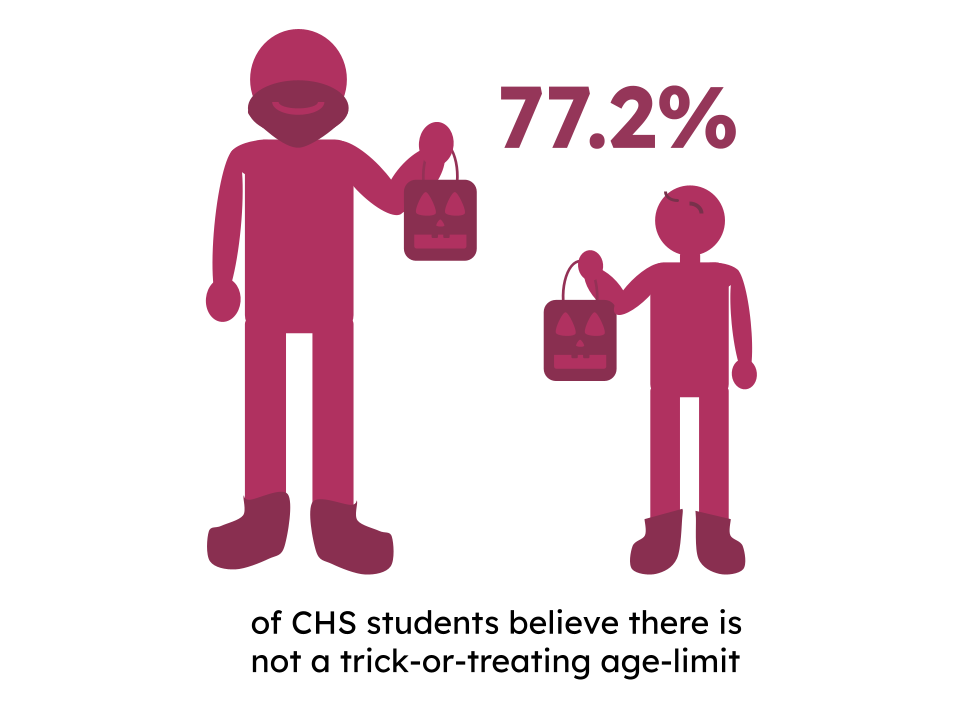On the morning of Dec. 4, 2024, South Koreans woke up to troops in the streets, a threat of presidential impeachment and their entire concept of democracy on the line.
South Korean President Yoon Suk Yeol declared martial law on Dec. 3, claiming that it would protect the people from attempts to overthrow democracy. Citizens and foreign nations were equally shocked, pressuring President Yoon to revoke the declaration the next day. Opposing Korean political parties agreed that the decision was an unconstitutional abuse of power and attempted to impeach President Yoon, just barely failing to reach the necessary two-thirds majority, according to the Associated Press.
Martial law is the ability for a government to replace civilian rule with military authority in times of war or national crisis, often greatly oppressing the peoples’ civil rights. Despite this, South Korea has a long history of using martial law inappropriately. After the Korean Civil War, dictators would repeatedly declare martial law to justify sending soldiers into the streets to prevent protests or uprisings.
This political turmoil is leading many people to wonder: when is martial law applicable? The best place to turn is the Korean Constitution.
Almost every constitution, from the United States to South Korea, warrants the use of martial law only in extreme circumstances. Sophomore Kyler LaMonte of Tinton Falls believes that it should be limited to preventing catastrophic events.
“It would have to be during an almost apocalyptic scenario or some sort of extreme crisis where it’s the only option for society to rebuild,” said LaMonte.
Fears related to martial law aren’t unfounded, as it historically has paved the way for times of oppression.
In 1933, Adolf Hitler claimed that the burning of the German parliament building was a national emergency and declared martial law. After seizing military control of Germany, he began suspending civil rights on a national level, leading to the domination of the Nazi Party. While President Yoon claims he didn’t mean to cause panic, the public’s reaction is unsurprising considering that his actions were reminiscent of a fascist rule.
LaMonte also recognizes the dark history behind martial law.
“There have been very few instances where martial law is used how it’s intended and usually supports a corrupt government,” LaMonte said.
Similar to events in South Korea, the Philippines had a fourteen-year rule of martial law under former President Ferdinand Marcos. He shut down protests against his insistence to stay in power through his declaration of martial law. This developed into the arrest of tens of thousands of Filipino “opposition” before he lost the 1981 election.
Communications High School U.S. History teacher Bill Clark reflects on how military rule easily progresses into a loss of civil rights.
“Martial law suspends natural and civil rights. There’s no case where it’s necessary unless there’s incredible civil unrest, which wasn’t present in South Korea,” said Clark.
Additionally, in the United States, the story of martial law isn’t much better. At the start of the Civil War, Abraham Lincoln authorized martial law to control border states between the North and South. While it did settle war-related anxieties, it also led to the unjust execution of Lambden P. Milligan for “disloyalty to the union,” as he wasn’t given a fair trial with a public jury.
History is taught to allow students to recognize when it is being repeated. In this case, it’s clear that the concerns of South Korean citizens weren’t unfounded. The risks of imposing military authority far outweigh the benefits; it was a wildly inappropriate abuse of power.









